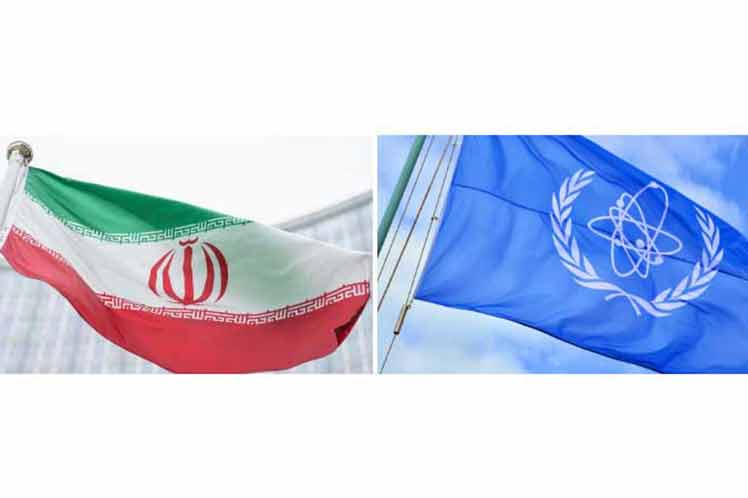At a press conference, Grossi said that both parties will work together with a high degree of professionalism to clarify these important issues, and noted that the reestablishment of the 2015 nuclear deal and the IAEA’s relationship with Iran are “parallel”, but at the same time they are related.
“It is hard to imagine that the agreement is possible without the IAEA and Iran agreeing to resolve these important issues,” he said.
For his part, the head of the Atomic Energy Agency of Iran (AEAI), Mohamad Eslami, stated that his country will collaborate with the IAEA in supplying documents that explain the traces of fissible materials in the coming months.
“We have agreed to deliver to the AEAI the texts related to the issues in the air between Tehran and the agency,” he said.
The 2015 nuclear agreement signed between Iran, on the one hand, and Germany, China, the United States, France, the United Kingdom and Russia, on the other, aims to guarantee that Iran does not arm itself with nuclear weapons, an issue that Tehran has always denied that is his intention.
The 2015 deal provided Iran with relief from US-imposed coercive measures in exchange for strict limits on its nuclear program. However, it was interrupted in 2018 under the mandate of then US President Donald Trump, who also reestablished sanctions against the country.
pgh/llp/rgh/tdd









